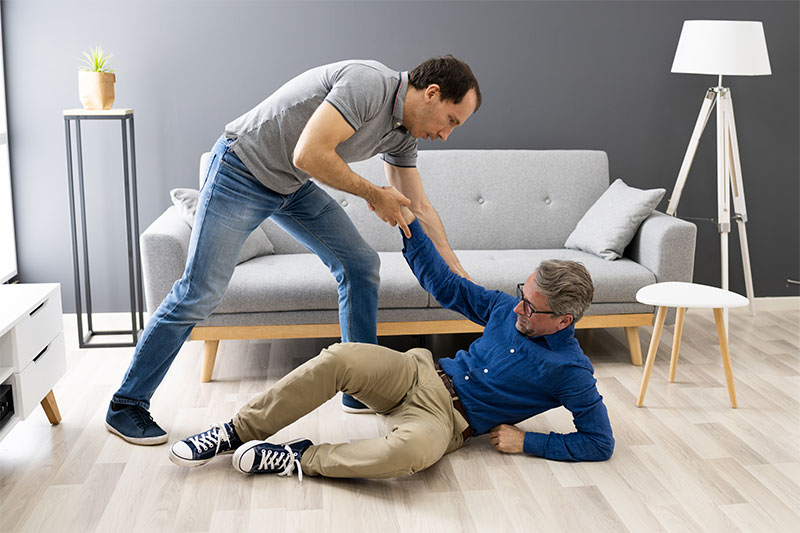
A new study finds that balance is linked to death. Over 50s with bad balance are at risk of dying from any cause in the next ten years, according to a recent study.
Around 1702 middle-aged and older individuals were assessed in a study titled Successful 10-second one-legged stance performance predicts survival.
While keeping their arms relaxed and tucked into their sides while focused on one spot, participants were required to stand on a stable, flat surface for 10 seconds.
Sixty-eight percent of the men taking the test failed, unable to balance on either foot for 10 seconds. The failure rate to complete the assessment increased with age, “almost doubling at each subsequent 5-year age-group interval beginning at 51-55 years of age”.
Seven years after the test, the researchers followed up with participants and found that 7% had died, with those who didn’t complete the test having significantly more deaths than those who completed it.
The majority of deaths were related to cancer, which accounted for 32 percent; cardiovascular disease, which accounted for 30 percent, respiratory diseases, which accounted for nine percent, and COVID-19 complications, which accounted for seven percent of deaths.
A majority of participants were not able to balance on one leg for 10 seconds among those aged 51-55; 8 percent among those aged 56-60; just under 18 percent among those aged 61-65; and around 37 percent among those aged 66-70.
It was found that participants aged 71 to 75 were 11 times more likely to fail than those just 20 years younger.
According to health and fitness expert Jane Kilkenny, “one in three Americans over the age of 65 falls each year, and 30% of these falls require medical attention “.
Balance Does Deteriorate Over Age
It is true that our balance deteriorates as we age unless we take positive steps to prevent these changes. Training can prevent the decline in fitness, muscles, bones, and joints associated with aging. Maintaining our balance requires strength and fitness, and performing balance exercises will enhance your success,” she suggested.
In addition to exercising, Kilkenny stressed the importance of being open about balance struggles.
It is not a matter of embarrassment to be at risk of falls. Often, individuals avoid seeking help until the problem is quite severe because they do not want to discuss it with family and friends. Being open and honest is the best course of action to prevent falls from becoming a problem in the first place,” she said.
The benefits of exercising with family and friends are multiplied, and you can spend some quality time together. In addition to improving your fitness and strength, it also improves your balance. Besides improved concentration, cognitive function, and a feeling of well-being and happiness, you also experience mental health benefits. You will struggle a lot less with depression and anxiety if you can work out a lot more, and you will be overall much happier when you are getting yourself moving.
What Are The Best Exercising Ideas For Seniors?
The truth is that seniors cannot do the type of exercises that younger people can do, such as squatting with dumbbells and weights, abdominal crunches, bench presses, leg presses, and long-distance running. The type of exercises that seniors can do are chair yoga, water aerobics, pilates, and of course, walking is an excellent exercise for seniors.
There are community centers that will offer exercise programs for seniors. You will see that most of the programs offer one of those choices because they are the safest ways to work out for seniors. However, taking a brisk walk daily for a half-hour can also do wonders. And that will help extend your lifespan and be good for you in other ways.


